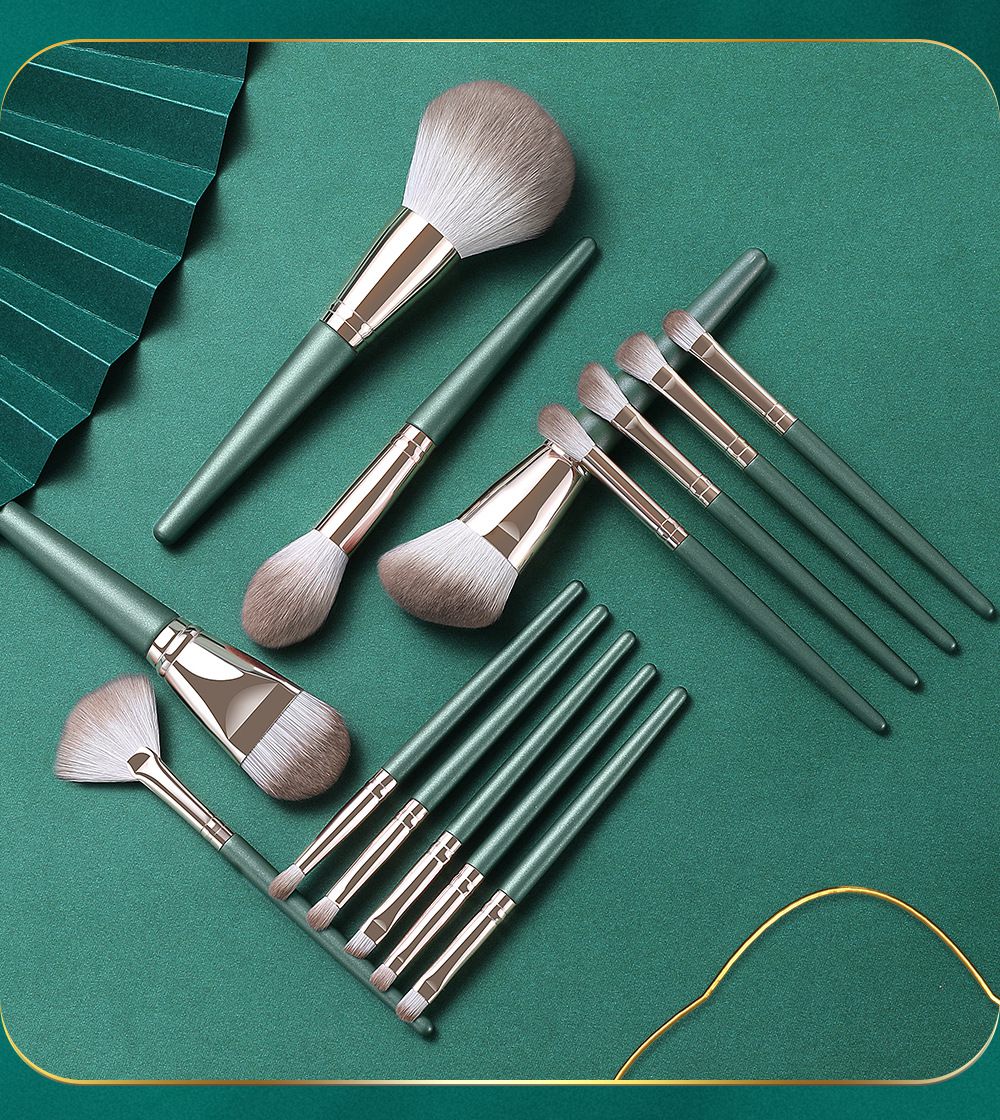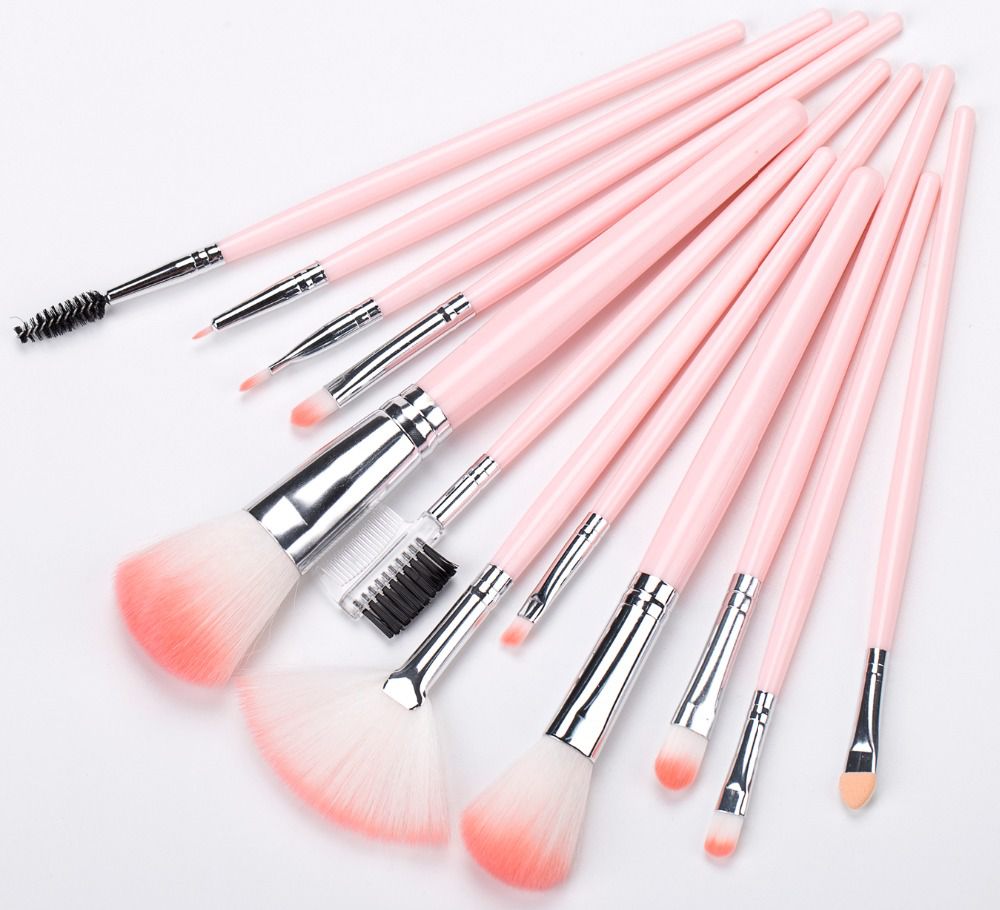Industry news
European Union’s New Bristle Safety Regulations Set to Raise Compliance Costs for Manufacturers
- 775 Views
- 2025-07-20 01:30:58
EU Bristle Safety Regulations 2025: Impact on Cosmetic Brush Manufacturers’ Compliance Costs
The European Union’s latest bristle safety regulations, set to take effect in January 2025, are poised to reshape the landscape for cosmetic brush and bristle manufacturers worldwide. Enacted as part of the EU’s updated cosmetic safety framework (Regulation (EU) 2024/1283), the rules introduce stricter limits on harmful substances, enhanced testing requirements, and greater supply chain transparency—measures designed to protect consumer health but expected to drive up compliance costs significantly.

What Do the New Regulations Entail?
At the core of the reforms are tightened chemical restrictions. Expanding on REACH Regulation’s existing provisions, the EU now prohibits 19 additional substances in bristle materials, including certain phthalates, heavy metals (e.g., lead, cadmium), and formaldehyde-releasing preservatives. Bristles—whether synthetic (nylon, polyester) or natural (animal hair, plant fibers)—must undergo rigorous testing to ensure no banned substances migrate to skin or cosmetics during use.

Beyond chemical safety, the regulations mandate biocompatibility assessments aligned with EN ISO 10993 standards, requiring manufacturers to prove bristle materials do not cause irritation, allergic reactions, or cytotoxicity. For natural bristles, this includes stricter controls on microbial contamination and pesticide residues, while synthetic options face new limits on microplastic shedding.
Documentation and traceability are also amplified. Manufacturers must now provide batch-specific compliance certificates, detailing raw material origins, testing results, and production processes. This “cradle-to-gate” transparency will force suppliers to audit sub-tier vendors, adding layers of administrative and verification costs.
Why Compliance Costs Are Set to Surge
For manufacturers, the financial impact will be multifaceted. Material testing alone is projected to rise by 30–40%, as accredited labs face increased demand for EN ISO 10993 and REACH-aligned analyses. A single batch of synthetic bristles, for instance, may now require 12 separate tests (up from 6 under prior rules), costing €800–€1,200 per batch—excluding retesting for failed samples.
Raw material costs are another pressure point. Many low-cost synthetic bristles (e.g., nylon 6) may no longer meet the new chemical thresholds, pushing manufacturers toward pricier alternatives like nylon 612 or bio-based polymers (e.g., PHA). Natural bristle suppliers, too, will incur higher costs for decontamination and pesticide screening, with some estimates suggesting a 15–20% increase in raw material expenses.
Production and supply chain adjustments will further strain budgets. Factories may need to retool lines to segregate compliant and non-compliant materials, while smaller manufacturers lacking in-house labs will face added fees for third-party audits. For SMEs, these costs could represent 10–15% of annual revenue, compared to 3–5% for larger firms with economies of scale.
Navigating the Changes: Strategies for Manufacturers
To mitigate impacts, proactive adaptation is key. First, material diversification can reduce reliance on high-risk inputs. For example, investing in R&D for low-toxicity synthetic blends or certified organic natural fibers (e.g., OEKO-TEX®-certified animal hair) may ease testing burdens and appeal to eco-conscious EU buyers.
Second, supply chain consolidation offers cost relief. Partnering with vertically integrated suppliers who control raw material sourcing and testing can streamline traceability and lower verification costs. Some manufacturers are also joining industry consortia to share lab testing expenses—a strategy that could cut individual costs by 20–25%.
Finally, early certification is critical. Aligning with EU-accredited bodies (e.g., SGS, Intertek) now can accelerate compliance and avoid last-minute bottlenecks as the 2025 deadline nears. Pre-certifying materials and processes may also position manufacturers as trusted partners for EU brands, offsetting cost hikes with market access advantages.
The Long-Term View: Cost vs. Opportunity
While short-term costs are daunting, the regulations may ultimately drive positive change. Stricter standards could reduce product recalls, enhance consumer trust, and push innovation in safer, sustainable bristle technologies. For manufacturers willing to invest in compliance, the EU market—valued at €2.3 billion for cosmetic brushes—remains a high-growth opportunity, with early adopters likely to capture market share from slower-moving competitors.
As the 2025 deadline approaches, the message is clear: adaptation is not optional. For cosmetic brush and bristle manufacturers, understanding the regulations, reallocating











